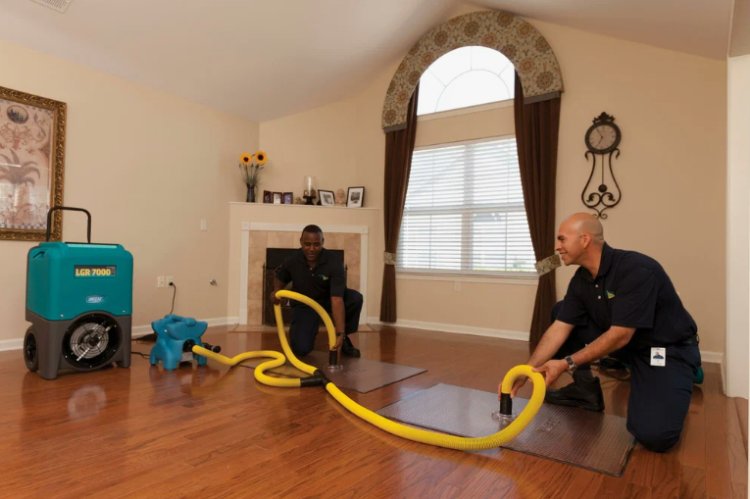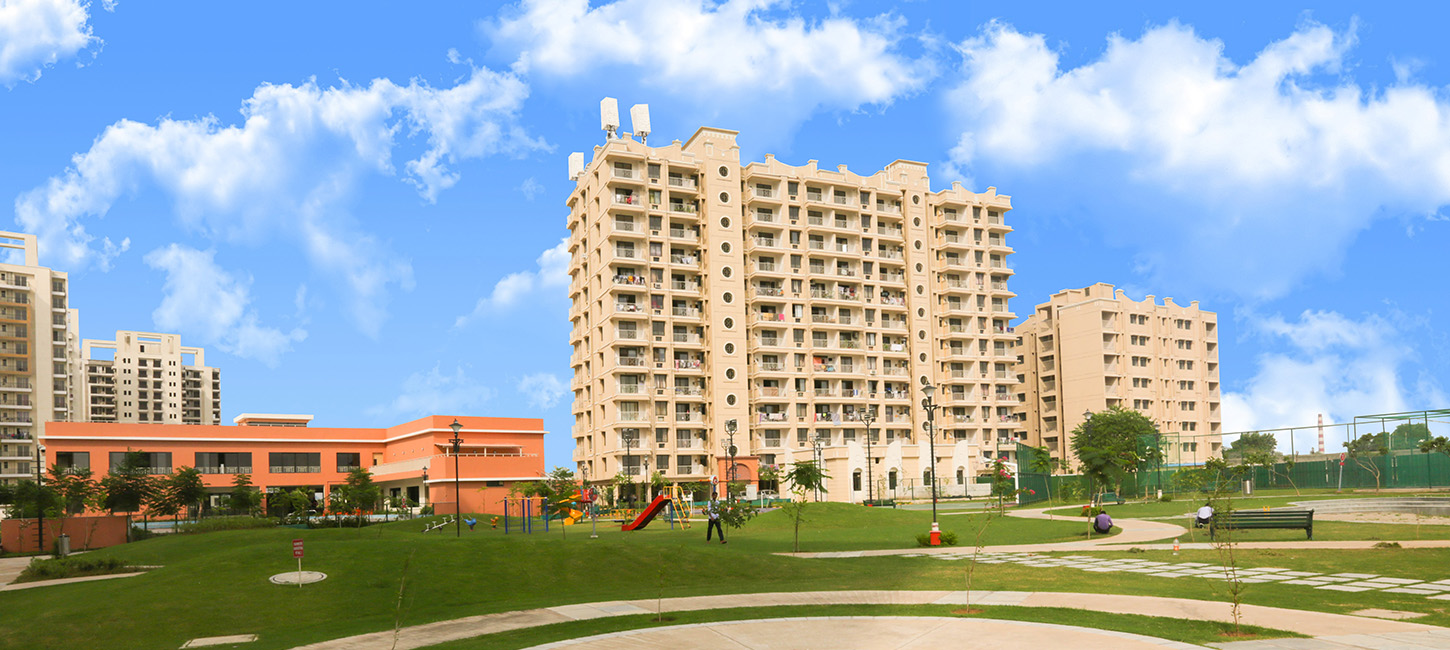A Step-by-Step Guide to DIY Water Damage Cleanup
Discover how to handle water damage cleanup like a pro with this easy-to-follow DIY guide. Learn the essential steps to restore your home quickly and effectively.

Water damage can be a homeowner's worst nightmare. Whether caused by a burst pipe, heavy rain, or an overflowing appliance, water intrusion can lead to costly repairs if not addressed quickly. Fortunately, with the right approach, many water damage issues can be tackled without professional help. This step-by-step guide will walk you through how to clean up water damage effectively and restore your home to its original condition. If you’re in Water Damage Orlando, this guide also includes tips tailored to local climate conditions.
Understanding the Risks of Water Damage
Before jumping into cleanup, it's essential to understand the risks associated with water damage:
-
Mold Growth: Standing water and moisture create the perfect environment for mold growth, which can start within 24-48 hours.
-
Structural Damage: Prolonged exposure to water can weaken walls, floors, and foundations.
-
Health Risks: Contaminated water can pose health hazards due to bacteria and harmful microorganisms.
If the water damage is extensive or involves sewage, it’s best to consult a professional.
Tools and Materials You'll Need
-
Wet/dry vacuum or water pump
-
Dehumidifier and fans
-
Protective gloves and boots
-
Cleaning detergents
-
Disinfectant
-
Buckets and mops
-
Plastic sheeting
-
Sponges and towels
Step-by-Step Guide to DIY Water Damage Cleanup
Step 1: Ensure Safety First
-
Turn Off Power: Water and electricity are a dangerous combination. Before entering the affected area, turn off the power supply to avoid electrical shocks.
-
Assess the Water Source: Identify whether the water is clean (from pipes or rain) or contaminated (from sewage or flooding).
-
Wear Protective Gear: Use gloves, boots, and a mask to protect yourself from contaminants.
Step 2: Stop the Source of Water
If the water damage is due to a burst pipe or appliance, shut off the main water supply immediately. For leaks caused by heavy rain, seal any openings or leaks to prevent more water from entering.
Step 3: Remove Standing Water
Use a wet/dry vacuum or pump to extract standing water. For small puddles, towels or mops can suffice. Be thorough to prevent water from seeping into cracks and corners.
Step 4: Dry Out the Area
-
Open windows and doors to improve air circulation.
-
Use fans and dehumidifiers to speed up the drying process.
-
Remove soaked items, such as carpets and furniture, and dry them separately.
Step 5: Inspect for Hidden Moisture
Water can hide in walls, under floors, and inside cabinets. Use a moisture meter if available, or pay close attention to areas that feel damp.
Step 6: Clean and Disinfect
-
Use a detergent solution to clean affected surfaces and remove dirt.
-
Apply disinfectant to kill bacteria and prevent mold growth.
-
For carpets and upholstery, consider using professional-grade cleaners or renting specialized equipment.
Step 7: Repair and Restore
-
Replace damaged drywall, insulation, or flooring as needed.
-
Apply paint or sealants to areas where water damage has occurred.
-
Ensure that the repaired areas are fully dry before completing restoration work.
Step 8: Monitor for Mold
Keep an eye on the affected areas for several weeks after cleanup. Look for signs of mold growth, such as a musty odor or discoloration. If mold appears, treat it immediately with mold-killing solutions or call a professional if the problem persists.
Water Damage Cleanup Tips for Orlando Residents
Living in Orlando means dealing with a humid climate and occasional heavy rain, which can increase the risk of water damage. Here are a few additional tips:
-
Act Quickly: The longer water sits, the more damage it can cause, especially in Orlando’s humid environment.
-
Invest in Dehumidifiers: These are crucial for managing indoor humidity levels and preventing mold growth.
-
Seal Your Home: Inspect your home regularly for leaks and ensure windows, doors, and roofs are properly sealed.
-
Prepare for Storms: Keep sandbags and tarps on hand for emergencies and consider installing a sump pump in flood-prone areas.
When to Call a Professional
While many water damage issues can be handled DIY, some situations require professional expertise. Consider calling a water damage restoration specialist if:
-
The water is contaminated (e.g., sewage).
-
You detect extensive mold growth.
-
The structural integrity of your home is compromised.
-
The damage is beyond what you can handle with DIY tools and methods.
FAQs about Water Damage Cleanup
Q1: How long does it take to dry out water damage? Drying time depends on the extent of the damage and the drying equipment used. Typically, it takes 24-72 hours to dry out an area thoroughly, but it can take longer in humid climates like Orlando.
Q2: Can I clean up water damage myself? Yes, minor water damage can be addressed with the right tools and precautions. However, extensive damage, contaminated water, or significant mold growth should be handled by professionals.
Q3: How can I prevent water damage in the future? Regular home maintenance is key. Inspect plumbing, roofs, and windows for leaks, keep gutters clean, and ensure your home’s drainage system works effectively.
What's Your Reaction?



















.jpg)
.jpg)